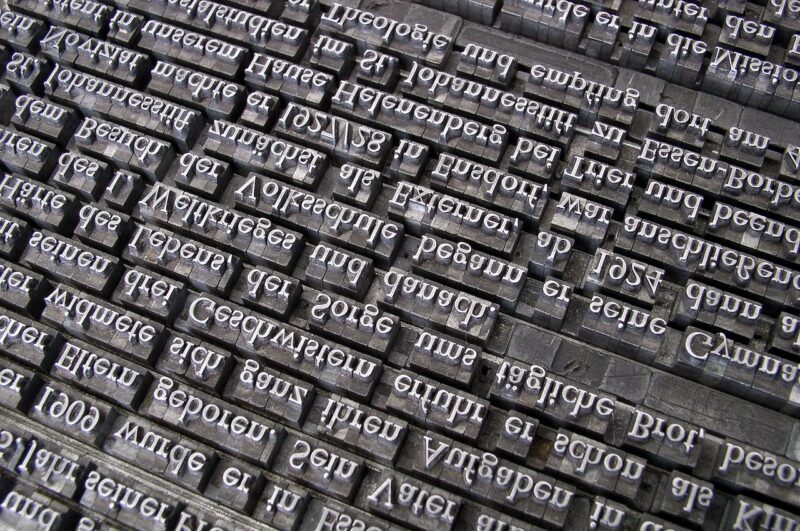How Set Theory Changed Mathematics and Our Understanding of Numbers
November 12, 2024

Set theory, a branch of mathematical logic that studies sets, which are collections of objects, has profoundly influenced mathematics and our comprehension of numbers. Tracing its origins back to the late 19th century, set theory has evolved into a foundational aspect of modern mathematics, reshaping various disciplines and challenging traditional notions about numbers.
1. The Birth of Set Theory
Set theory emerged thanks to the pioneering work of mathematicians such as Georg Cantor, who is often considered the father of set theory. In 1874, Cantor published his groundbreaking paper titled “On a Property of the Collection of All Real Algebraic Numbers,” introducing the concept of infinite sets and laying the groundwork for future explorations.
Before Cantor, mathematics primarily concentrated on finite collections of numbers and operations. Cantor’s revolutionary idea was to treat infinitude as a valid mathematical concept — that is, collections like the integers could be infinite. This idea would change how mathematicians approached numbers, leading to a deeper understanding of infinity and establishing a framework for future work in various branches of mathematics.
2. Understanding Numbers Through Sets
Set theory provides a robust framework for defining and understanding numbers. Here’s how it reshaped our perception of different kinds of numbers:
- Natural Numbers: The simplest collection, consisting of the counting numbers: 1, 2, 3, … Cantor used sets to formally define these numbers, leading to a clearer understanding of their properties and operations.
- Whole Numbers: By adding zero to the set of natural numbers, we form the set of whole numbers: 0, 1, 2, 3, … This differentiation illustrated the importance of closure under addition and subtraction.
- Integers: Extending the whole numbers to include negatives, the set of integers is represented as {…, -3, -2, -1, 0, 1, 2, 3, …}. Set theory helped formalize these extensions, leading to the understanding of opposites in the number line.
- Rational Numbers: Defined as the ratio of two integers, set theory introduced a fresh perspective on these numbers. Cantor’s work showed how rational numbers are dense within the real numbers, meaning that between any two real numbers, there’s always a rational number.
- Irrational Numbers: Unlike rational numbers, these cannot be expressed as a ratio of two integers. Cantor’s exploration of different infinities led to distinguishing between the size of sets of rational and irrational numbers, showing that there are more irrational numbers than rational numbers.
Through set theory, mathematicians could better articulate and explore the relationships, similarities, and differences among various types of numbers, making the study of mathematics much richer.
3. The Infinite: A New Horizon in Mathematics
Set theory revolutionized the notion of infinity. Cantor introduced the concept of different types of infinity, which he demonstrated through his famous diagonal argument. This was a groundbreaking realization that not all infinities are equal — some sets are indeed larger than others.
For instance, the set of natural numbers is countable, while the set of real numbers is uncountable. Cantor illustrated this by showing that no matter how you attempt to list real numbers, there will always be some left out, creating a new perspective on the continuum of numbers.
4. Axiomatic Set Theory: Establishing Foundations
Set theory also paved the way for axiomatic approaches to mathematics. In the early 20th century, mathematicians like David Hilbert and Ernst Zermelo formalized set theory into an axiomatic system to safeguard against paradoxes and inconsistencies.
The Zermelo-Fraenkel set theory, accompanied by the Axiom of Choice (ZFC), became one of the most widely accepted axiomatic systems. This framework established a clear foundation for modern mathematics, ensuring consistency in how sets and numbers are treated. In turn, it allowed other branches, such as topology and mathematical logic, to flourish based on a solid foundation of set theory.
5. Applications Beyond Mathematics
Set theory’s impact extends beyond pure mathematics. Its principles find applications in:
- Computer Science: In programming and database design, sets are used to manage and manipulate collections of data. Set theory’s logical structure forms the backbone of algorithms, data structures, and coding conventions.
- Statistics and Probability: Understanding events and outcomes is based on set operations. For instance, defining events as sets enables complex probabilistic calculations using set theory principles.
- Philosophy and Logic: Set theory challenges traditional views of objects, identity, and existence. Philosophers utilize concepts of sets to debate foundational issues in metaphysics and logic, enriching our understanding of reality itself.
As a result, set theory transformed how we approach problem-solving across various disciplines, signaling its integral role in shaping our comprehension of the universe.
6. Conclusion: Set Theory’s Enduring Legacy
Set theory was not just a mathematical innovation; it altered our understanding of numbers, infinity, and the nature of mathematics as a whole. Its influence permeates through various fields, merging logically rigorous thinking with practical applications. As we navigate the complexities of modern mathematics, we must appreciate the profound transformations initiated by set theory. With each discovery nested within a set, numbers continue to reveal their intricacies, thanks to the remarkable evolution that set theory has provided. From redefining the very fabric of mathematics to affecting varied disciplines, set theory has left an indelible mark that will guide future generations.







